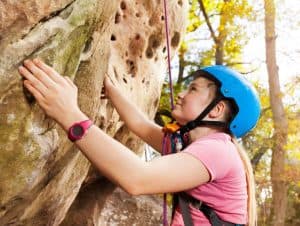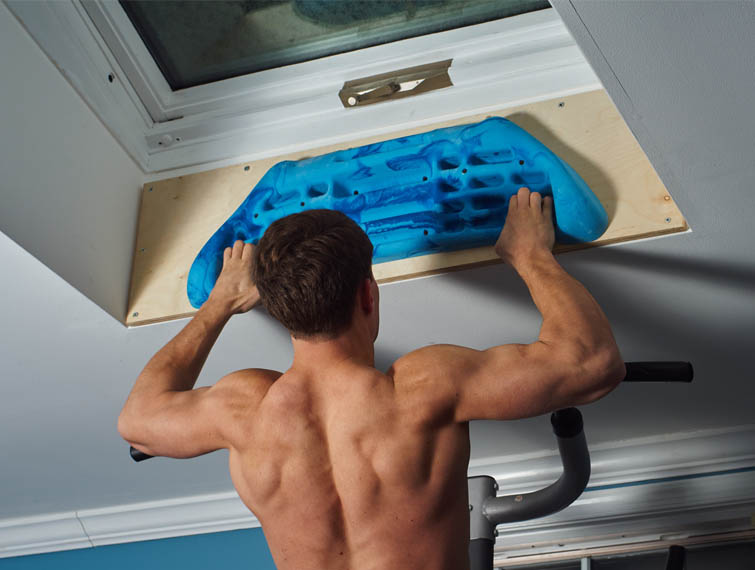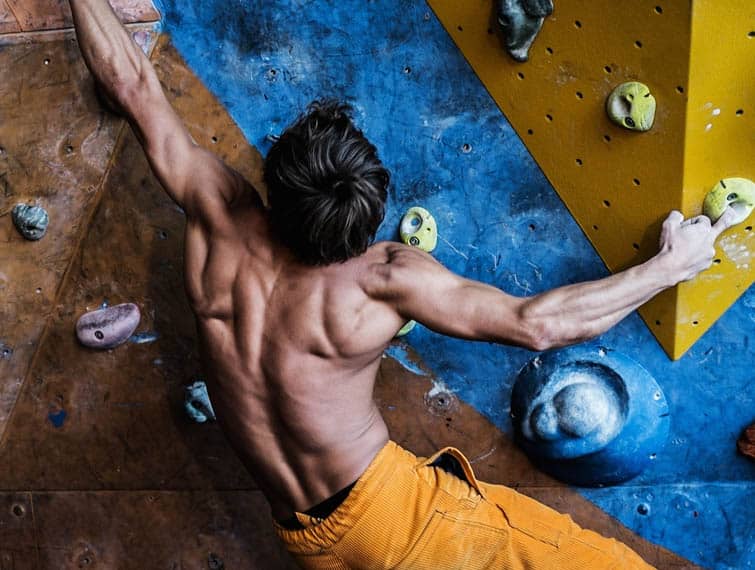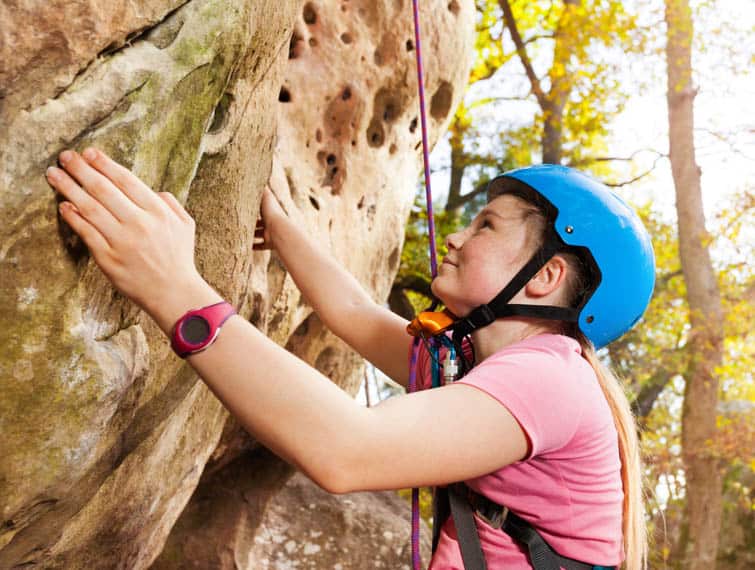Climbing is a popular sport that involves ascending or descending a rock face. Carabiners are often used for this activity, and safety carabiners are especially important because they can hold a lot of weight. However, safety carabiners are not always safe for climbing.
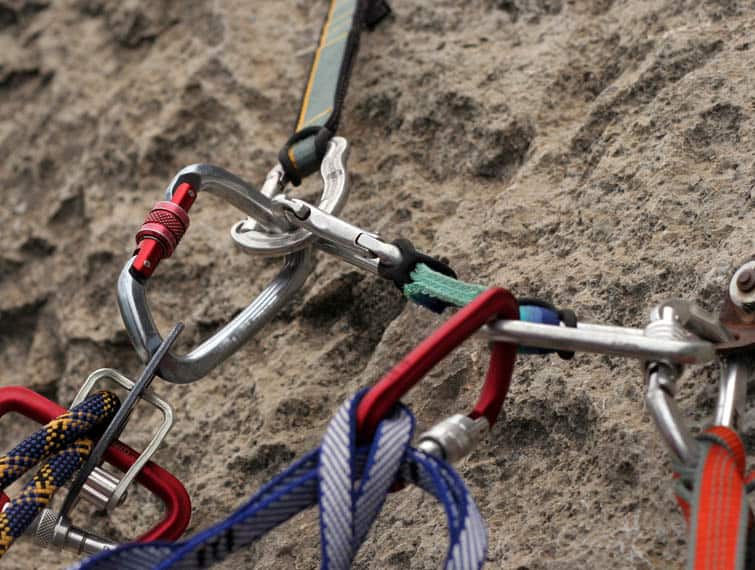
Some climbers use outdated or unsafe carabiners, which can result in injury if they fail. For example, using a pin-pointed carabiner instead of a chain-linked one is risky because it can become dislodged while you’re climbing.
Additionally, using a carabiner with an oversized gate can also cause problems. If the gate becomes stuck while you’re climbing, it will prevent you from lowering the weight attached to the rope and could lead to injury.
Are Carabiners Safe for Climbing?
Carabiners are generally safe for climbing, but their safety often depends on the one you choose and how you use them. Carabiners are designed in several shapes, and they all have different assortment locking systems. The variety makes it easy for the climber to select the most convenient and useful features for a particular or variety of uses. If you choose the wrong type, efficiency and comfort are reduced significantly. Moreover, the wrong type of carabiner will reduce the safety level as well.
Use only Designated Carabiners for Climbing
The US National Park Service (NPS) cautions climbers that “most carabiners are not designed for climbing and can become severely overloaded.” The NPS also warns of the potential dangers of using an over-sized carabiner: “When a large carabiner is used as an anchor, its weight may cause it to pull on the rope causing it to break.” In order to avoid these dangers, climbers should use only designated carabiners for climbing and make sure they are properly sized for the task at hand.
Fun Outdoor Quiz
Safety Measure to Look Out for Before Making a Purchase
Before purchasing a carabiner, check if it has been certified by CE, UIAA, and manufactured by well-known climbing creators. Taking this safety precaution will ensure that your bought carabiner is strong enough and ready for rock climbing. Certified carabiners are marked on the spine by the manufacturer, and the print is visible to climbers.
For safety reasons, carabiners are designed to be weighted across the primary axis, with their gates closed and sealed. This gives a strong position and reduces the risk of breaking and accidentally opening, presenting a danger to the user as with all other positions.
To ensure maximum safety, the gear that you choose should be compatible with your other gear. Your accessories should serve to position you to place in the best spot. Before you begin climbing, check the harness, anchor, descender, and lanyard to verify that the carabiner has been adequately secured and closed.
As a climber, you may have noticed that carabiners move around when you are using them. Sometimes they may get pulled by ropes or vibrate while climbing. Therefore, you must monitor them closely to check that they do not move into dangerous positions. Also, you should monitor the locking system and ensure it stays closed when there are vibrations.
A carabiner may break in some instances, especially when a climber is not using the gear for the intended purpose. However, it is rare for them to break when the nose is not loaded. Once you buy one, inspect and clean it to ensure its longevity. If the gate is sticky, there are high chances that serious problems may arise. If you feel like the carabiner is weak, return it to the shop and purchase another one from a different shop.
How to Use Carabiners Safely
If you’re like most people, you probably rely on carabiners to help you safely complete a variety of tasks. But using carabiners safely can be tricky, especially if you’re not used to them. Here are three tips to help you use carabiners safely and effectively:
Always Use a Correctly Size Carabiner
When choosing a carabiner, consider the weight and strength of the rope you’ll be using it with. Most ropes have a breaking strength of around 800 pounds, so choose a carabiner that can handle that much weight.
Additionally, make sure the carabiner has a safe working load limit – this is the amount of weight it can safely hold before opening unexpectedly. Finally, make sure the carabiner is sized correctly for your knot – if you’re using an overhand knot, for example, make sure the carabiner is wide enough to fit that knot comfortably.
Test the Carabiner Before Using It
Before using a carabiner, always test it to ensure that it is safe. Make sure the rope is long enough for your needs and clip the carabiner onto the loop of rope before attaching it to something else. If you need to use a backup carabiner, make sure to bring one with you. Always be aware of your surroundings and use common sense when using a carabiner.
Don’t Overuse Carabiners
One of the most common mistakes climbers make is overusing carabiners. This can lead to a decrease in their strength and eventually wear and tear on the equipment. When selecting carabiners, always use the “load test” method to determine their strength. This will help you avoid using carabiners that are too weak.
Conclusion
Carabiners are generally safe if used for the intended purpose. It is imperative that you also take some precautionary measures to guarantee their safety. For instance, you should clean them regularly, monitor them closely when in use, and ensure that they are compatible with the other gear you use to rock climb. Aspects that make a carabiner suitable for one kind of climbing may not be suitable for another. When you understand how the features affect performance, it is crucial to consider how you will put the carabiner into use.





